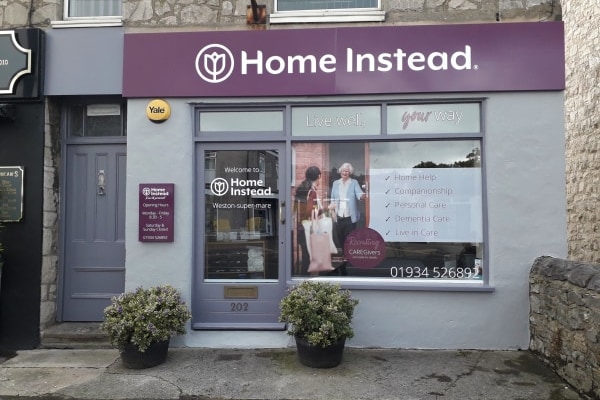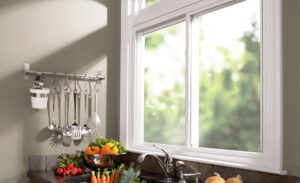When Sarah’s father, James, began showing signs of dementia, she found herself overwhelmed with the challenges of caregiving. Balancing her full-time job and the emotional weight of watching her father’s health decline seemed like an impossible task. That’s when she turned to Home Instead, a global leader in home care. With personalized care tailored to James’s needs, Sarah could focus on her career while knowing her father was in good hands and receiving compassionate and professional care.
This is not an isolated case; millions of families worldwide struggle with caring for aging loved ones. Organizations like Home Instead step in, providing a bridge between the healthcare system and the personal needs of elderly individuals. In this article, we’ll explore Home Instead’s services, impact, and key statistics to highlight the importance of home care in today’s world.
History and Mission of Home Instead
Home Instead was founded in 1994 by Paul and Lori Hogan in Omaha, Nebraska. Their goal was to allow seniors to age comfortably at Home, maintaining their independence while receiving the care they needed. Since then, Home Instead has expanded globally, with franchises in over 14 countries and employing more than 100,000 caregivers.
At the heart of Home Instead’s mission is a commitment to enhancing the quality of life for seniors. The company provides various services, from personal care and companionship to specialized Alzheimer’s and dementia care.
The Growing Demand for Home Care
As the population ages, the demand for home care services like those offered by Home Instead has skyrocketed. According to the World Health Organization, the global population of people aged 60 years and older is expected to reach 2 billion by 2050, up from 900 million in 2015. In the U.S. alone, the number of seniors is projected to grow to 98 million by 2060.
This surge in the elderly population highlights the increasing need for services that cater to aging in place, a preference expressed by over 76% of Americans aged 50 and older, according to AARP. Home Instead caters to this demand by providing personalized in-home care, allowing seniors to remain in familiar surroundings while receiving the necessary support.
Home Instead’s Key Services
Home Instead offers a wide array of services that can be customized based on individual needs. These include:
- Personal Care: Assistance with daily activities such as bathing, dressing, and mobility.
- Companionship: Caregivers provide conversation, emotional support, and assistance with meal preparation.
- Alzheimer’s and Dementia Care: Specialized care plans tailored to individuals suffering from memory-related conditions, helping them maintain a sense of routine and dignity.
- Respite Care: Short-term relief for primary caregivers, giving them time to rest or focus on other responsibilities.
- Hospice Support: Support families and individuals during end-of-life care, focusing on comfort and dignity.
The Economic Impact of Home Care
In addition to the personal benefits of in-home care, the economic implications are significant. Home care is often more cost-effective than institutionalized care. According to Genworth’s 2021 Cost of Care Survey, the median cost of in-home care in the U.S. is around $4,500 per month, compared to nursing home care, which can cost upwards of $8,800 monthly for a private room.
This cost efficiency is crucial as healthcare systems worldwide struggle with the financial burdens of an aging population. Home Instead provides families with an alternative, enabling them to keep their loved ones at Home without the higher costs associated with residential care facilities.
Statistics on Home Instead’s Reach
Home Instead has made a significant impact across the globe. Some key statistics include:
- Global Presence: Over 1,200 franchises in 14 countries, including the U.S., Canada, Japan, and the U.K.
- Client Satisfaction: Home Instead boasts a 97% client satisfaction rate, according to its internal surveys, reflecting the company’s dedication to personalized care.
- Caregiver Network: Home Instead employs over 100,000 caregivers worldwide, all trained to meet the emotional, physical, and social needs of seniors.
- Specialized Care: Nearly 25% of Home Instead’s clients receive Alzheimer’s and dementia care, showcasing its expertise in this critical area of healthcare.
Challenges in the Home Care Industry
While home care offers many advantages, it has its challenges. One of the main issues facing the industry is the caregiver shortage. According to the U.S. Bureau of Labor Statistics, the demand for home health aides is expected to grow by 33% from 2020 to 2030, making it one of the fastest-growing occupations in the U.S.
Home Instead has tackled this issue by investing in caregiver recruitment and training. The company offers comprehensive training programs to ensure caregivers are well-prepared for their diverse challenges, including dementia care and managing chronic conditions.
The Emotional Benefits of Aging in Place
Beyond the financial advantages, aging in place offers significant emotional and psychological benefits. Research from the Journal of Aging and Health suggests that seniors who remain in their homes experience higher levels of satisfaction, independence, and emotional well-being than those in institutionalized care.
Home Instead facilitates these benefits by offering tailored care that respects each individual’s autonomy and dignity. Whether through companionship, personal care, or specialized Alzheimer’s services, Home Instead’s approach is centred on enhancing the quality of life for seniors.
Conclusion: A Lifeline for Families and Seniors
For Sarah and countless other families, Home Instead has been a lifeline. By offering compassionate, professional in-home care, the company enables seniors to live their golden years in familiar surroundings while providing peace of mind for their families.
As the global population ages, the importance of home care services like those provided by Home Instead cannot be overstated. With personalized care plans, a dedicated caregiver network, and a commitment to enhancing the quality of life, Home Instead is leading the charge in the rapidly growing home care industry.






